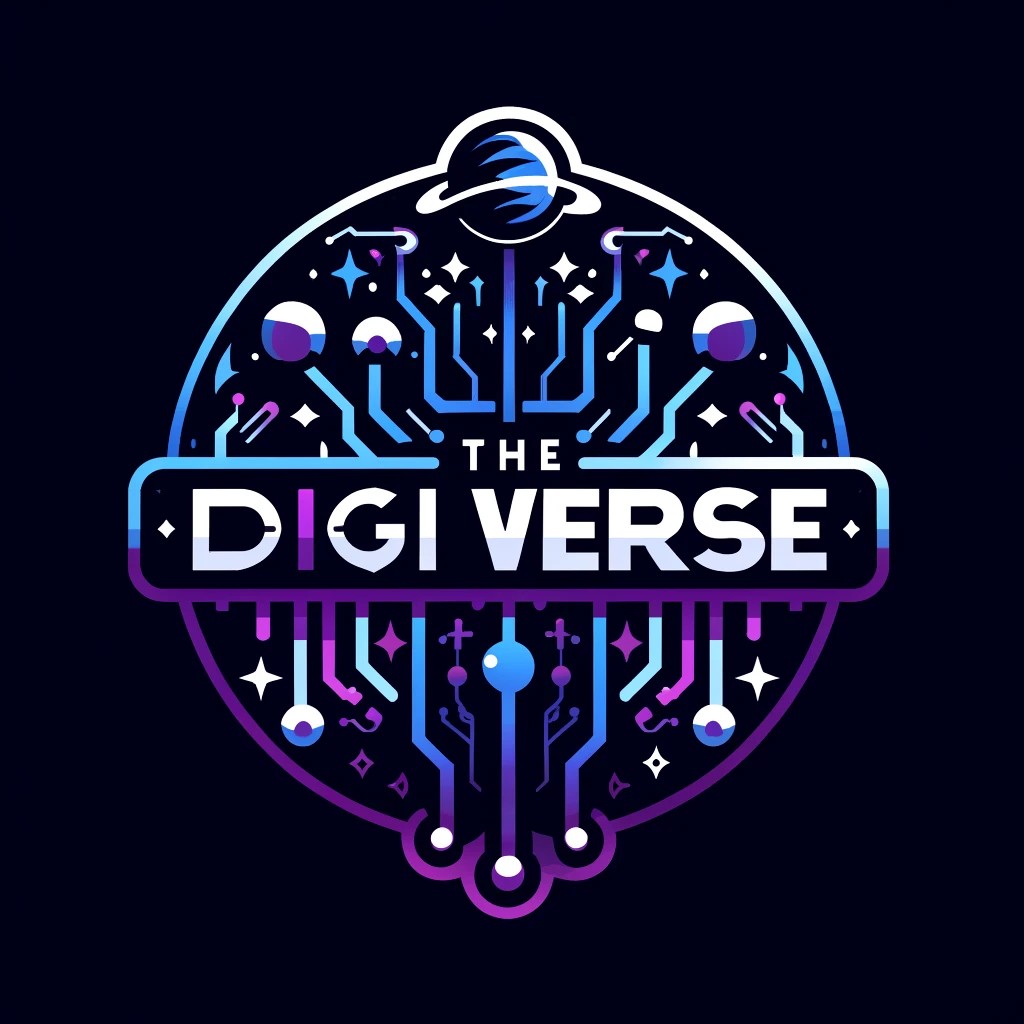My Journey Through the Cloud Resume Challenge
 Theodore Thomas
Theodore ThomasTable of contents

Join me on my Cloud Resume Challenge journey as I transition from a military background and cloud education to a cloud career. This hands-on project, structured into 16 comprehensive steps, is free for anyone to try. It covers many essential skills that cloud and DevOps engineers use daily, making it an invaluable experience for aspiring professionals like myself looking to break into the industry.
Starting with the original Cloud Resume Challenge website, you can choose from Amazon AWS, Microsoft Azure, or Google Cloud-specific instructions to get started. The Cloud Resume Challenge is located at https://cloudresumechallenge.dev/docs/the-challenge/.
Currently, I will be focusing on Microsoft Azure for this challenge and will revisit the challenge for Amazon AWS at a later time. You can follow my progress on my GitHub repository at https://github.com/t3ddyt369/cloud-resume.
- Education | Certification
First and foremost, lets begin with education. I am pursuing a Bachelor of Science in Cloud Computing, which covers cloud architecture, security, data management, and network infrastructure. This program provides both theoretical and practical skills needed to manage and deploy cloud solutions effectively, ensuring security and reliability in cloud environments.
CompTIA A+ | Passed
CompTIA Network+ | Passed
CompTIA Security+ | Passed
CompTIA Cloud+ | Passed
LPI Linux Essentials | Passed
Microsoft Azure Fundamentals AZ-900 | Passed
Microsoft Azure Developer Associate AZ-204 | Studying
Microsoft Azure Administrator AZ-104 | Pending
Microsoft Azure Data Fundamentals DP-900 | Pending
Microsoft Azure Data Engineer Associate DP-203 | Pending
Microsoft Azure DevOps Solutions | Pending
Microsoft Windows Server Hybrid Administrator AZ-800 + AZ-801 | Pending
Amazon AWS Cloud Practitioner | Passed
Pluralsight, a Cloud Resume Challenge, has a helpful AZ-900 preparation course https://app.pluralsight.com/paths/skills/microsoft-certified-azure-fundamentals-az-900
HTML
The resume needs to be written in HTML. Not a Word doc, not a PDF.
CSS
Resume needs to be styled with CSS. No worries if you’re not a designer – neither am I. It doesn’t have to be fancy. But we need to see something other than raw HTML when we open the webpage.
Static Website
The HTML resume should be deployed online as an Azure Storage static website. Services like Netlify and GitHub Pages are great and I would normally recommend them for personal static site deployments, but they make things a little too abstract for our purposes here. Use Azure Storage.
HTTPS
The Azure Storage website URL should use HTTPS for security. You will need to use Azure CDN to help with this.
DNS
Point a custom DNS domain name to the Azure CDN endpoint, so your resume can be accessed at something like my-c00l-resume-website.com. You can use Azure DNS or any other DNS provider for this. A domain name usually costs about ten bucks to register.
JavaScript
resume webpage should include a visitor counter that displays how many people have accessed the site. You will need to write a bit of JavaScript to make this happen. Here is a helpful tutorial to get you started in the right direction.
Database
The visitor counter will need to retrieve and update its count in a database somewhere. I suggest you use the Table API of Azure’s CosmosDB for this. (Use serverless capacity mode for the database and you’ll pay essentially nothing, unless you store or retrieve much more data than this project requires.)
API
Do not communicate directly with CosmosDB from your JavaScript code. Instead, you will need to create an API that accepts requests from your web app and communicates with the database. I suggest using Azure Functions with an HTTP trigger for this. They will be free or close to free for what we are doing.
Python
You will need to write a bit of code in the Azure Function; you could use more JavaScript, but it would be better for our purposes to explore Python – a common language used in back-end programs and scripts – and its Azure SDK. Here is a good, free Python tutorial.
Test
You should also include some tests for your Python code. Here are some resources on writing good Python tests.
Infrastructure as Code
You should not be configuring your API resources – the Azure Function, the CosmosDB – manually, by clicking around in the Azure console. Instead, define them in an Azure Resource Manager (ARM) template on a Consumption plan. This is called “Infrastructure as Code” or IaC. It saves you time in the long run.
Source Control
You do not want to be updating either your back-end API or your front-end website by making calls from your laptop, though. You want them to update automatically whenever you make a change to the code. (This is called continuous integration and deployment, or CI/CD.) Create a GitHub repository for your backend code.
CI/CD (Back End)
Set up GitHub Actions such that when you push an update to your ARM template or Python code, your Python tests get run. If the tests pass, the ARM application should get packaged and deployed to Azure.
CI/CD (Front End)
Create a second GitHub repository for your website code. Create GitHub Actions such that when you push new website code, the Azure Storage blob automatically gets updated. (You may need to purge your Azure CDN endpoint in the code as well.) Important note: DO NOT commit Azure credentials to source control! Bad hats will find them and use them against you!
Blog Post
Finally, in the text of your resume, you should link a short blog post describing some things you learned while working on this project. Dev.to or Hashnode are great places to publish if you don’t have your own blog.
In conclusion, my journey through the Cloud Resume Challenge has been an enriching and transformative experience. Transitioning from a military background to a cloud career, this hands-on project has equipped me with essential skills that are highly valued in the cloud and DevOps industry. By focusing on Microsoft Azure, I have gained practical knowledge in HTML, CSS, JavaScript, Python, and CI/CD, among other technologies. This challenge has not only enhanced my resume but also solidified my understanding of cloud infrastructure and deployment. I look forward to revisiting the challenge for Amazon AWS and continuing to grow in my cloud computing career. Thank you for joining me on this journey, and I hope my experience inspires others to take on the Cloud Resume Challenge and advance their careers in the cloud industry.
Subscribe to my newsletter
Read articles from Theodore Thomas directly inside your inbox. Subscribe to the newsletter, and don't miss out.
Written by

Theodore Thomas
Theodore Thomas
With over 15 years of experience in the IT industry, I am currently dedicated to enhancing my skills in cloud computing and coding. This blog serves as a platform to share my knowledge and experiences, with the hope of inspiring others in their own tech journeys. This version maintains the key details but presents them in a more polished and professional manner.